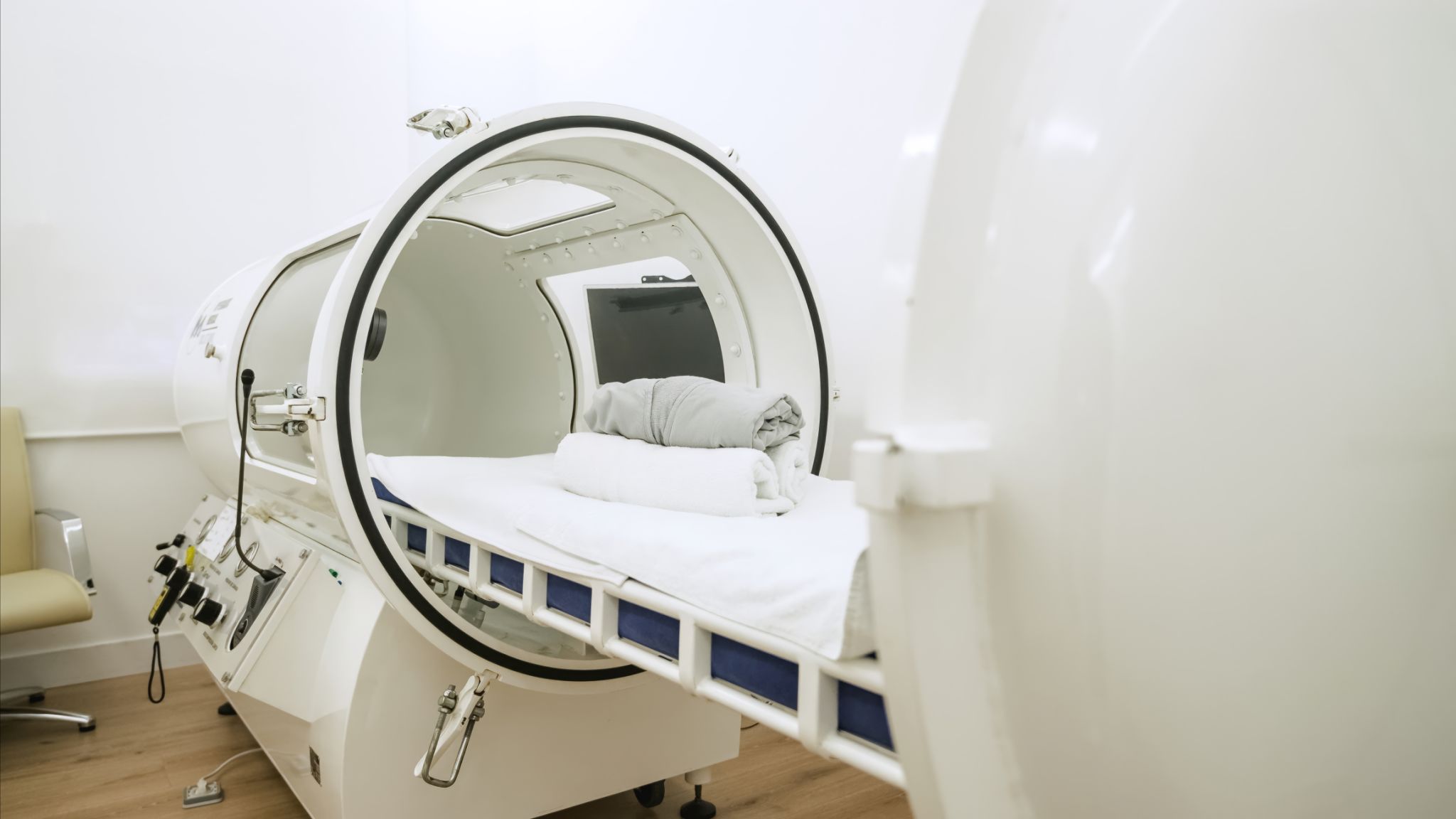The Impact of Regional Regulations on Hyperbaric Equipment Use in Guangdong
Understanding Hyperbaric Equipment
Hyperbaric equipment, essential for hyperbaric oxygen therapy (HBOT), plays a crucial role in medical treatments. This technology involves breathing pure oxygen in a pressurized environment, which can significantly enhance the healing process for various conditions such as decompression sickness, carbon monoxide poisoning, and chronic wounds. The effectiveness of HBOT has led to its increasing adoption in medical facilities worldwide.
In Guangdong, a province known for its rapid industrial growth and urban expansion, the use of hyperbaric equipment is subject to specific regional regulations. These regulations are designed to ensure safety, maintain quality standards, and facilitate the proper use of medical technologies across healthcare facilities.

Regulatory Framework in Guangdong
The regulatory framework governing hyperbaric equipment in Guangdong is comprehensive and multifaceted. It involves several government bodies that oversee the installation, maintenance, and operational protocols of these devices. The primary aim is to ensure that all equipment meets stringent safety and efficacy standards before being used in medical treatments.
Key regulatory bodies include the Guangdong Health Commission and various local departments responsible for medical device administration. These organizations work collaboratively to implement guidelines that align with both national and international standards.
Certification and Compliance
Before hyperbaric equipment can be used in Guangdong, it must undergo rigorous certification processes. Manufacturers are required to provide detailed documentation that demonstrates compliance with safety standards. This includes testing for pressure stability, oxygen purity, and the structural integrity of the chambers.

Impact on Healthcare Facilities
The stringent regulations have a significant impact on healthcare facilities across Guangdong. Hospitals and clinics must allocate resources to ensure their equipment complies with current regulations. This often involves investing in regular maintenance checks and staff training to handle the devices safely.
Moreover, facilities must be prepared for regular inspections by regulatory bodies. These inspections are aimed at verifying compliance and ensuring that any potential risks associated with hyperbaric treatments are mitigated effectively.
Challenges Faced by Providers
Despite the benefits of these regulations, healthcare providers face several challenges. The costs associated with compliance can be substantial, particularly for smaller clinics or new establishments. Acquiring certified equipment and maintaining it to the required standards can strain financial resources.

Future Prospects
The future of hyperbaric equipment use in Guangdong looks promising, as ongoing advancements in technology and regulation continue to enhance its application. Innovations in design and functionality are expected to make these devices more accessible and efficient, potentially reducing costs and improving patient outcomes.
Additionally, as awareness about the benefits of HBOT grows, demand for these treatments is likely to increase. This may prompt further regulatory refinements to accommodate the expanding needs of healthcare providers while ensuring patient safety remains a top priority.
Conclusion
In conclusion, while regional regulations in Guangdong impose certain challenges on the use of hyperbaric equipment, they are essential for maintaining high safety and quality standards. By adhering to these regulations, healthcare facilities can ensure effective patient care while contributing to the broader adoption of HBOT in medical practice.